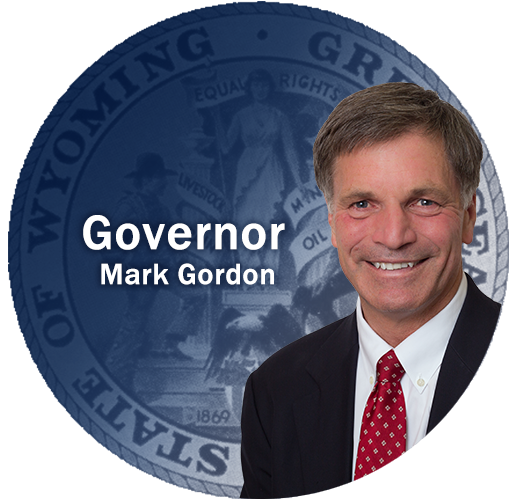A person’s self-image is tied to the words used about him/her. People First Language was started by individuals who said, “We are not our disabilities!”
People First Language puts the person before the disability, and describes what a person has, not who a person is. Are you “cancerous” or do you have cancer? Is a person “handicapped/disabled” or does he/she “have a disability?” Using a diagnosis as a defining characteristic reflects prejudice, and robs the person of the opportunity to define him/herself.
People with disabilities comprise the nation’s largest minority group. It is also the most inclusive: all ages, genders, religions, ethnicities, sexual orientations, and socioeconomic levels are represented, and anyone can join it, at any time.
